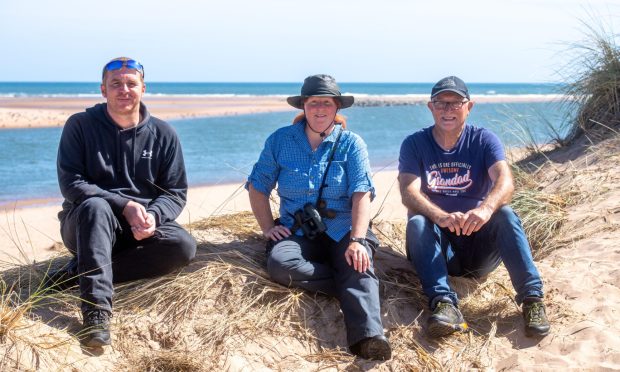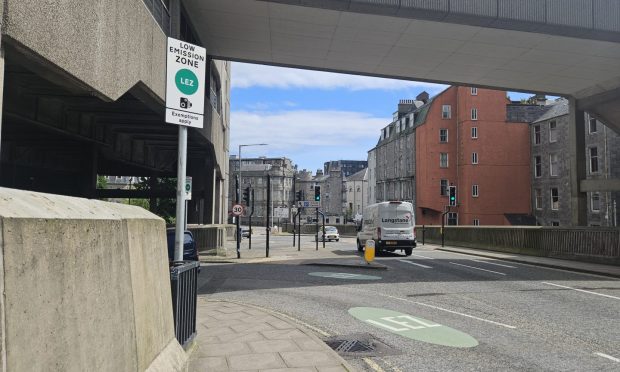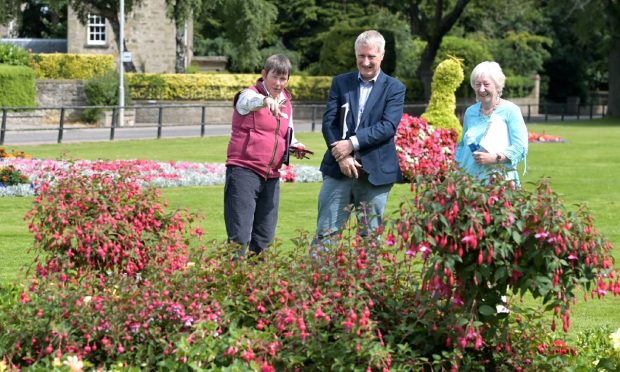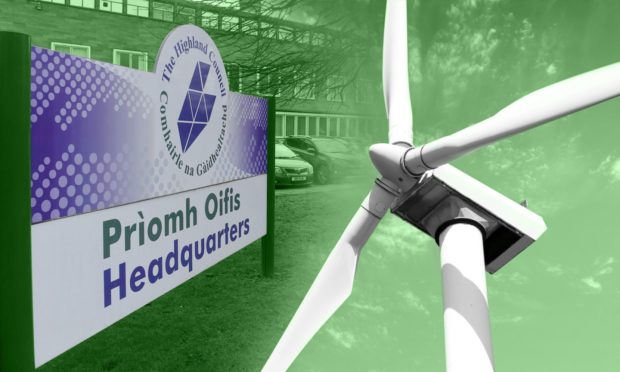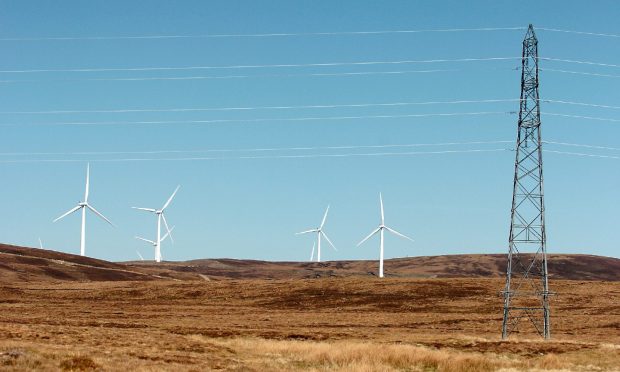Vini Cowden and Euan Rose talk about the importance of solving the issue of grid connections for renewable energy in the UK.
-
Some Press and Journal online content is funded by outside parties. The revenue from this helps to sustain our independent news gathering. You will always know if you are reading paid-for material as it will be clearly labelled as “Partnership” on the site and on social media channels.
This can take two different forms.
“Presented by”
This means the content has been paid for and produced by the named advertiser.
“In partnership with”
This means the content has been paid for and approved by the named advertiser but written and edited by our own commercial content team.
Renewable power generation is well established in the UK, with a range of proven technologies operating successfully. Indeed, some existing projects are facing new challenges as their assets reach the end of their design lives, with attention turning to repowering as an alternative to decommissioning.
However, for energy transition and the ambitious net-zero targets to be achieved, more needs to be done. “More” so far includes leasing rounds for offshore wind (e.g. ScotWind and INTOG), government support to enable carbon capture and storage and hydrogen generation and Contracts for Difference rounds for a range of technologies including solar and tidal power.
Query, however, whether our “more” so far is enough. One of the biggest challenges we currently face is grid connection.
As at September 2023, there were 527GW of generation projects in the grid connections queue. It is anticipated that by the end of 2024 the connection queue will exceed 800GW. This has resulted primarily from a connection process designed to deal with a small number of large fossil fuel plants connecting every year, with grid connection dates being granted on a “first come, first served” basis regardless of the likelihood of progressing or connecting on time.
The main challenge this has created is that new projects are being provided with connection dates that go far beyond 2030. Since 2022, Government, the National Grid Electricity System Operator (the “ESO”) and Ofgem have been working to implement a number of measures, aiming to reduce infrastructure delivery times.
Measures implemented into the grid connection queue so far have included (i) an amnesty to allow developers with existing connection agreements to reduce their transmission entry capacity, or to leave the queue entirely at no cost; (ii) a queue management process allowing the ESO to terminate projects not progressing against agreed milestones; and (iii) in England and Wales, a two-step offer process allowing for an initial offer, updated up to 9 months later after completion of a transmission reinforcement works review.
On 16 April 2024, the ESO proposed further reforms (“TMO4+”), which are intended to go further and faster, impacting the whole of the queue (i.e. existing connections in the queue and new applications) and cutting it in half. If implemented, TMO4+ will create a gated process supporting a “first ready, first connected” approach, applying from January 2025.
Measures designed to accelerate connections of viable generation projects appear not to have gone far enough to date, but TMO4+ may change that. Also solving the grid connections queue is only part of the equation, with wider challenges including grid capacity and supply chain constraints.
However, the positive news is that 880GW is four times the UK’s projected need to achieve net-zero by 2050, demonstrating developers are stepping up to achieve energy transition.
If you are interested to hear more about the discussion on grid connection, registration is now open for CMS’ event in Aberdeen on June 19.
For more information, visit CMS’ website.


